Comprehensive Guide To AWS
Introduction
In today's cloud-first world, businesses increasingly rely on scalable and flexible infrastructure to meet their growing demands. This guide provides a comprehensive understanding of Amazon Web Services (AWS), the leading cloud platform, and its core services and solutions.
It covers how AWS enables enterprises to build, deploy, and manage applications with ease while leveraging cloud computing capabilities such as on-demand scalability, cost-efficiency, and security. Additionally, we explore how AWS services like EC2, S3, and RDS help create modern, agile, and highly available systems.
Table of Contents
- AWS Foundations
- Network Architecture and Connectivity
- Compute and Storage Solutions
- Database Solutions and Management
- Identity and Access Management (IAM)
- Security and Compliance
- Workload and Application Security
- High Availability and Resilience
- Cost Optimization and Management
- Conclusion
Understanding AWS Services
AWS Foundations
AWS (Amazon Web Services) is the leading cloud platform, offering a vast array of infrastructure services including computing power, storage, and networking.
AWS helps businesses of all sizes build scalable and flexible IT solutions without the need for physical infrastructure. Core services like EC2 (Elastic Compute Cloud), S3 (Simple Storage Service), and RDS (Relational Database Service) form the foundation for cloud-based operations.
Understanding these essential services is critical for leveraging the benefits of AWS, which include high availability, elasticity, and security at scale.
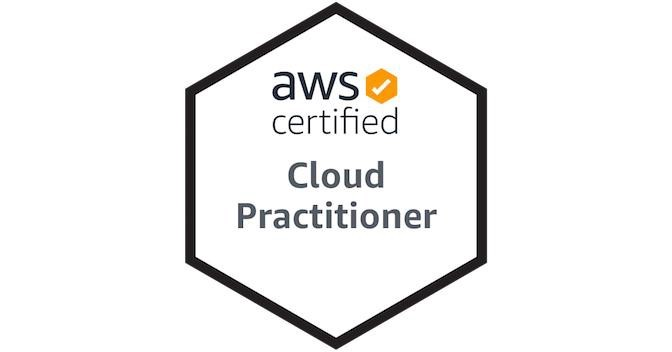
Network Architecture and Connectivity
AWS offers a variety of tools to design and manage cloud networks efficiently, such as VPC (Virtual Private Cloud), Direct Connect, and Route 53.
These services allow businesses to create isolated networks, control traffic, and securely connect on-premise infrastructure to the AWS cloud. By leveraging AWS's advanced networking capabilities, organizations can ensure reliable and high-performance connectivity across multiple environments.
Understanding how to configure VPCs, set up subnets, manage security groups, and enable cross-region networking is essential to building resilient and secure cloud-based architectures.
Compute and Storage Solutions
AWS provides several options for compute services, with EC2 being the most commonly used for virtual server deployment, allowing users to scale compute capacity as needed. For containerized applications, AWS offers Elastic Container Service (ECS) and Elastic Kubernetes Service (EKS), providing flexibility in container orchestration.
Storage is handled by services like S3, for object storage, and EBS (Elastic Block Store), for persistent block-level storage. AWS enables the seamless management of vast amounts of data with scalability and durability, making it ideal for applications of any scale.
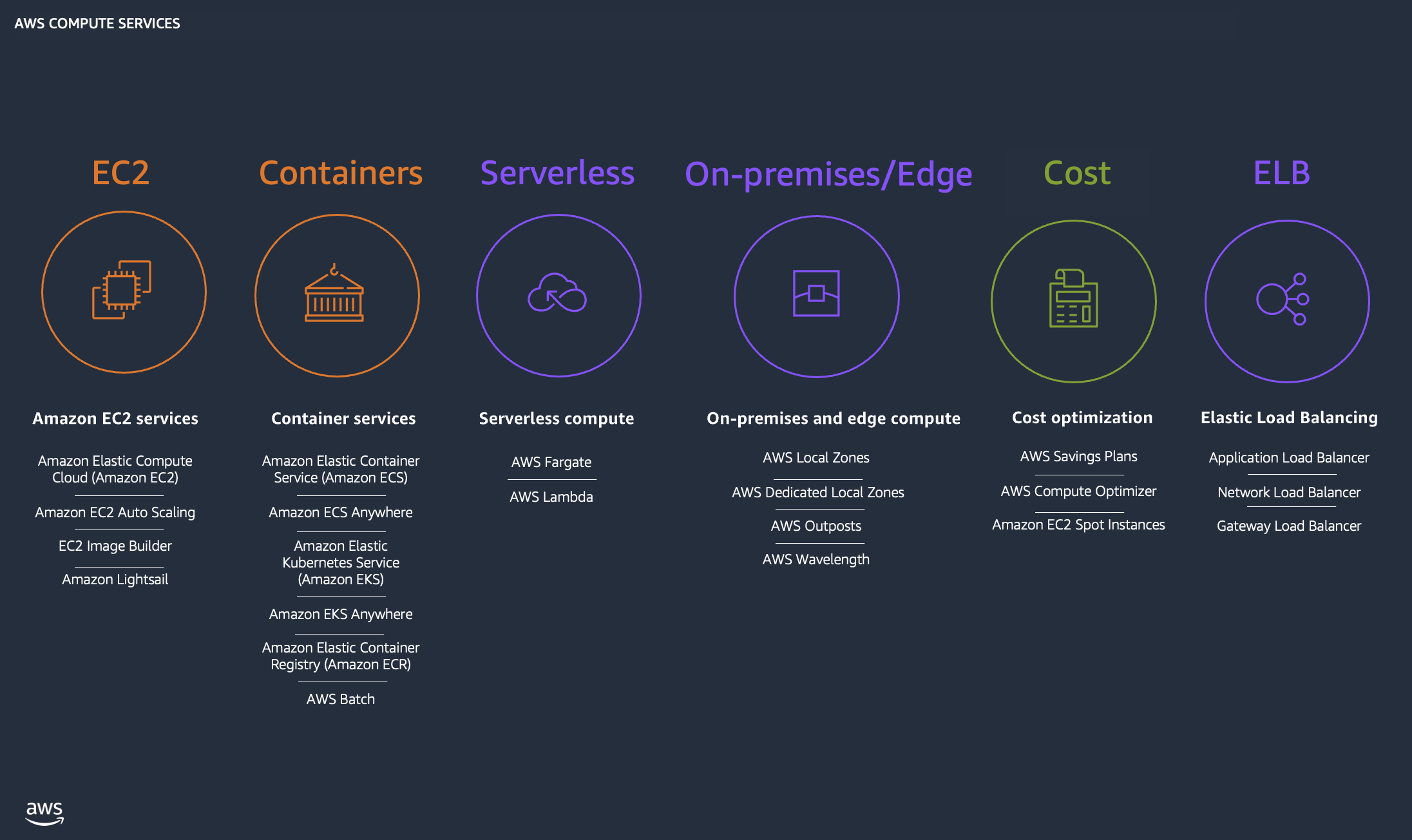
Database Solutions and Management
AWS offers a variety of managed database services to handle diverse workloads, including RDS for relational databases (MySQL, PostgreSQL, Oracle, etc.), DynamoDB for NoSQL databases, and Redshift for data warehousing.
These services provide scalability, high availability, and ease of management, reducing the need for manual maintenance of database servers.
AWS also provides automated backups, patching, and updates to ensure databases are always secure and up-to-date. Understanding these services allows organizations to efficiently manage their data, whether they require transactional databases or analytics platforms.
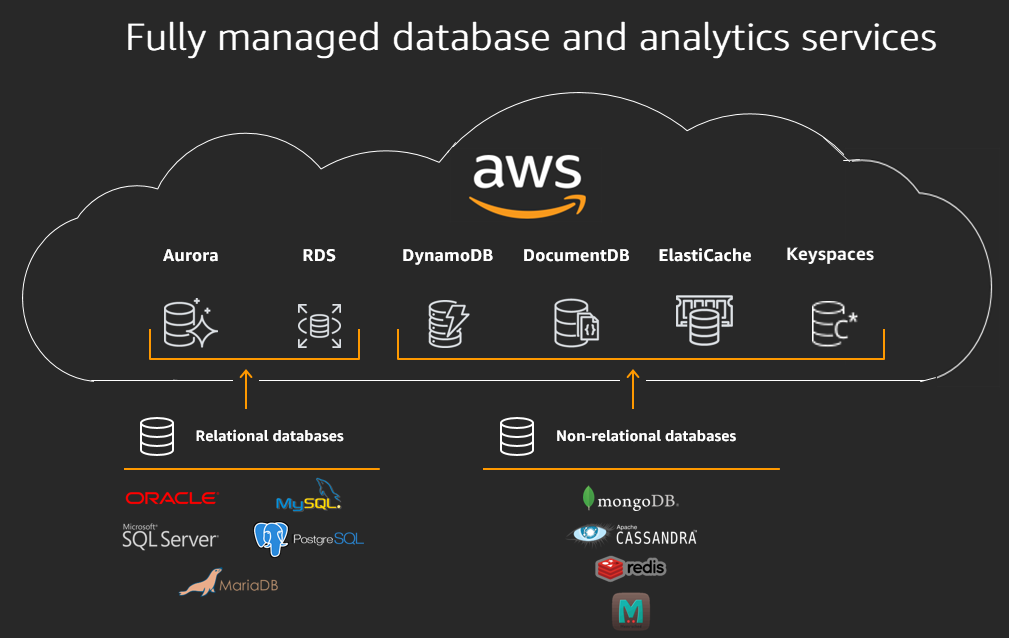
Identity and Access Management (IAM)
IAM is at the heart of AWS security, providing fine-grained access control over AWS resources. With AWS Identity and Access Management (IAM), users can create policies that grant or restrict access to specific AWS services or resources. Role-based access can be configured to meet the security needs of individual teams or applications.
Multi-factor authentication (MFA) and detailed logging via AWS CloudTrail further enhance security. By understanding and effectively utilizing IAM, organizations can maintain strict control over user access while protecting sensitive data and resources.

Security and Compliance
AWS prioritizes security with its Shared Responsibility Model, where AWS secures the cloud infrastructure, and customers are responsible for securing their data and applications within the cloud. AWS offers services like AWS Shield, AWS WAF (Web Application Firewall), and GuardDuty to help customers mitigate security risks.
Additionally, AWS is compliant with numerous regulatory standards such as GDPR, HIPAA, and SOC. Organizations using AWS benefit from robust security practices while maintaining control over their data and workloads.
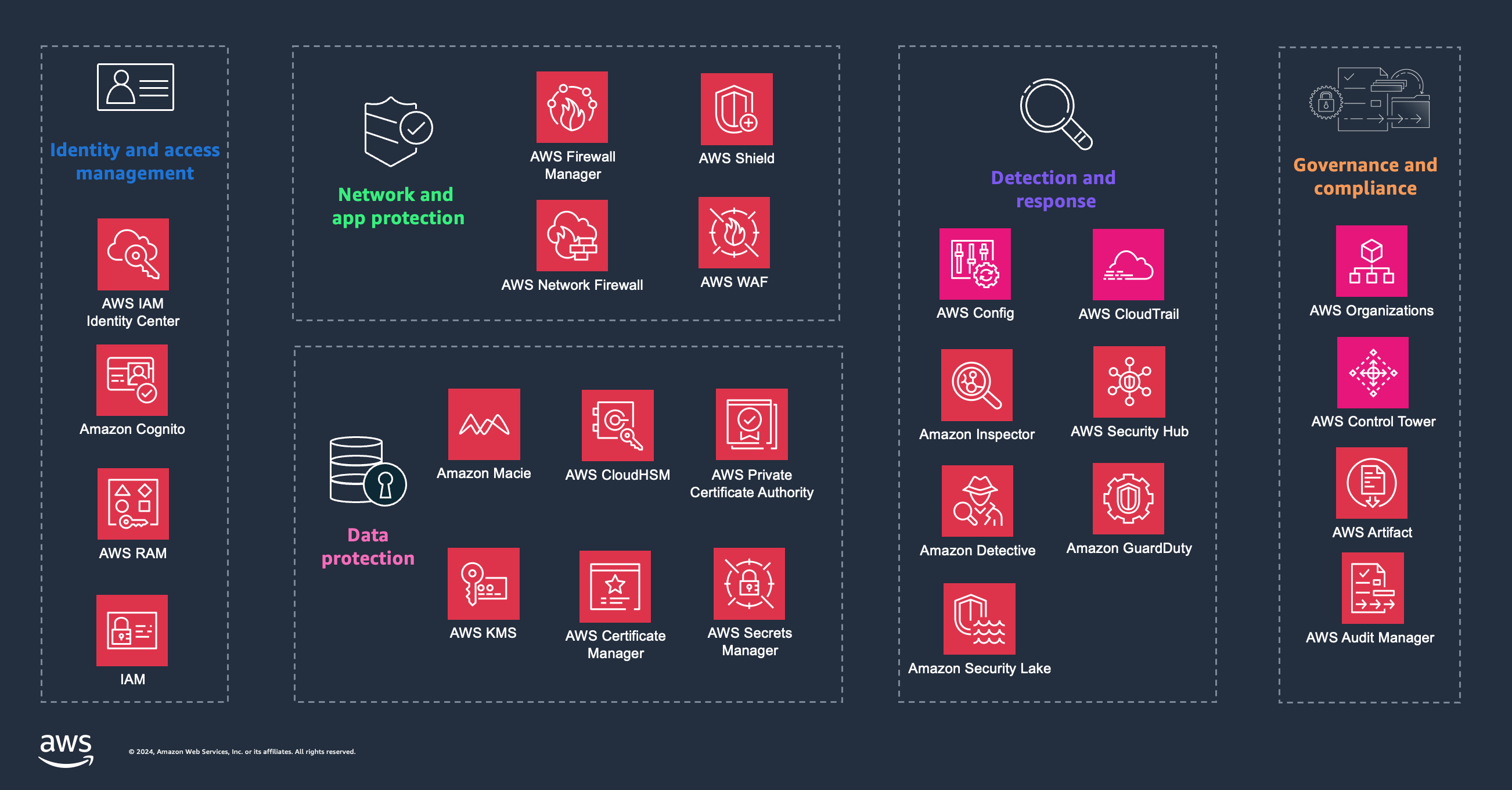
Workload and Application Security
Ensuring that workloads and applications running on AWS are secure is essential. AWS provides services like Secrets Manager for storing sensitive information securely, AWS KMS (Key Management Service) for encryption management, and CloudWatch for monitoring application performance and detecting security issues.
Implementing best practices for workload security, such as regularly patching software and enforcing least-privilege access, ensures that applications remain safe from cyber threats.
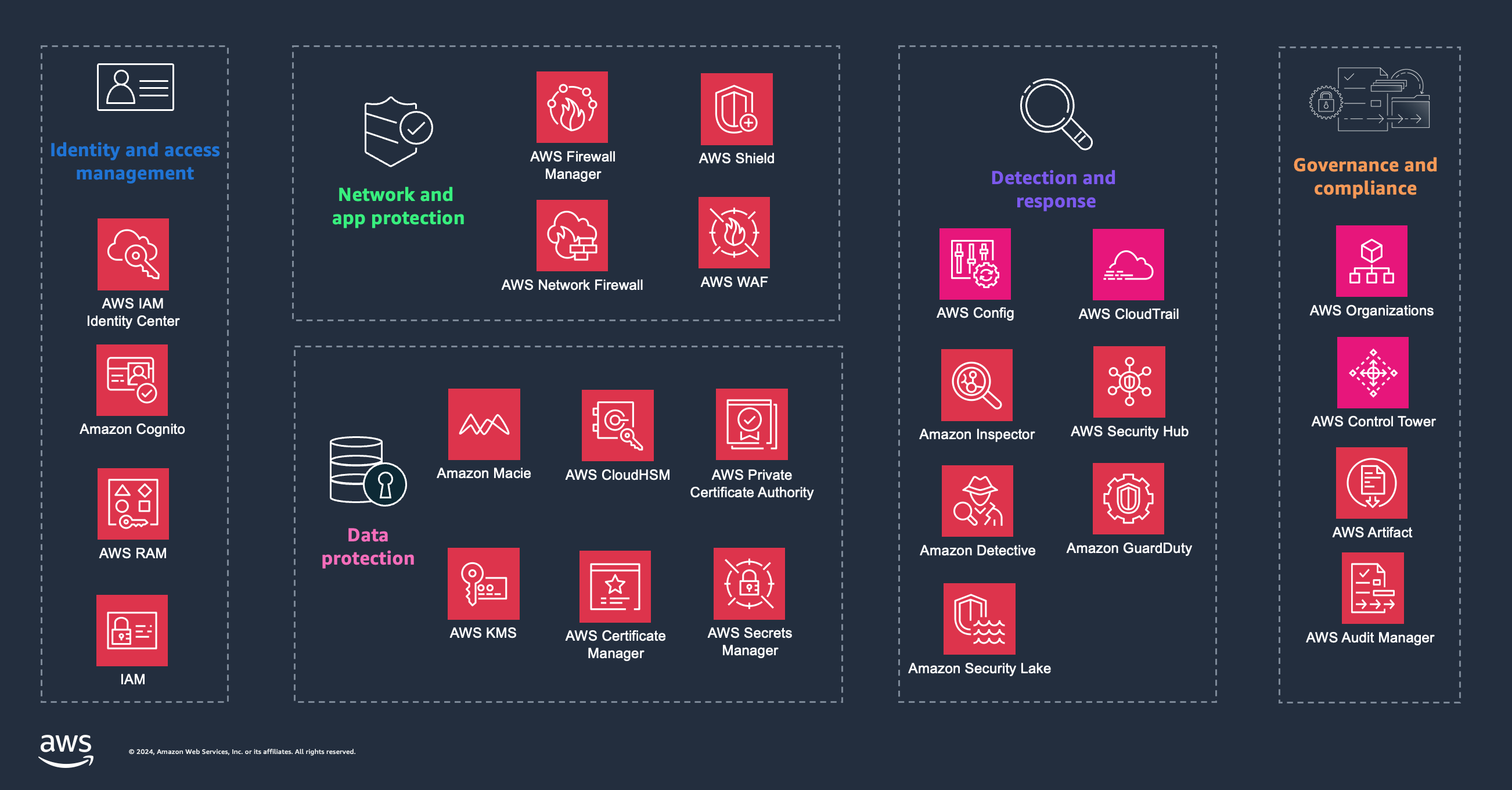
High Availability and Resilience
AWS enables high availability and fault tolerance through services like Elastic Load Balancer (ELB), Auto Scaling, and Route 53, allowing businesses to design systems that can handle traffic spikes and component failures without downtime.
Additionally, services like AWS Global Accelerator and AWS Transit Gateway help improve network performance and availability across multiple regions and Availability Zones. By architecting with AWS, organizations can ensure their applications are resilient, providing uninterrupted service to users across the globe.
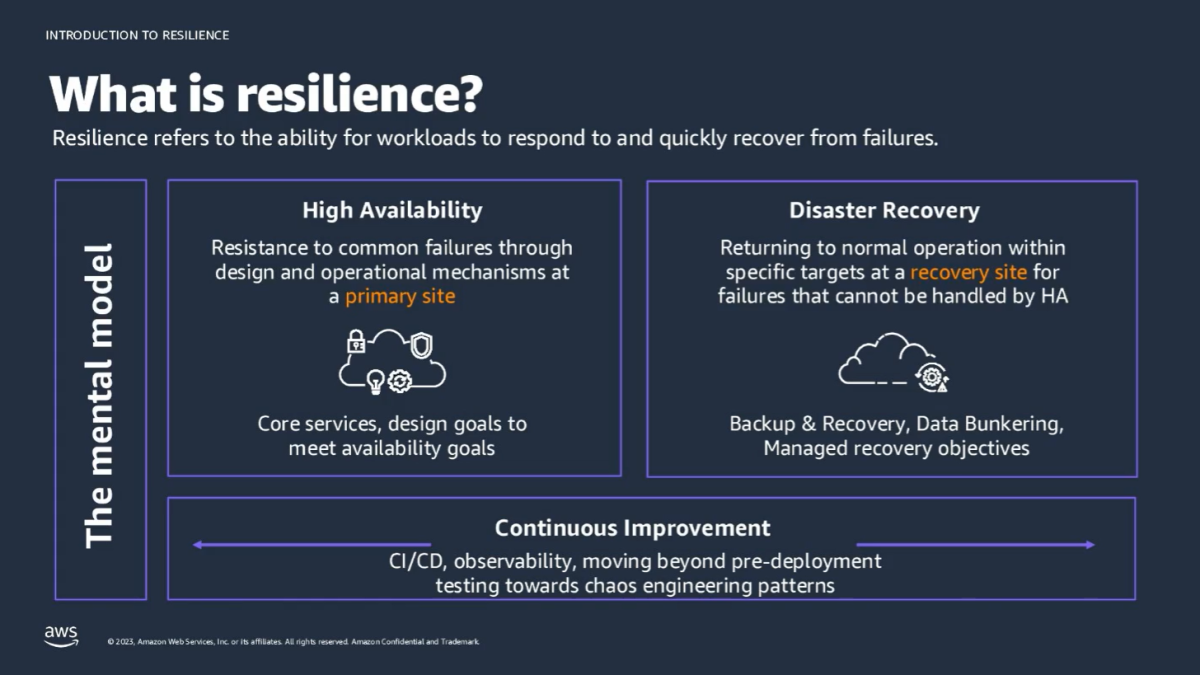
Cost Optimisation and Management
AWS provides multiple ways to manage and optimize cloud costs, including AWS Cost Explorer, AWS Budgets, and Reserved Instances.
These tools allow organizations to track spending, forecast future costs, and save money through long-term usage commitments. Optimizing instance usage, rightsizing workloads, and leveraging spot instances can significantly reduce expenses. AWS enables users to efficiently manage cloud expenses while still taking advantage of the scalability and flexibility that the cloud provides.
Advanced Architectural Design
Advanced architectural design on AWS focuses on building complex, scalable, and high-performance systems. Services like Elastic Beanstalk, AWS Lambda, and Amazon SQS (Simple Queue Service) allow for the development of serverless architectures, further reducing operational overhead. AWS also offers advanced storage solutions like Glacier for archiving and EFS (Elastic File System) for distributed file storage. Leveraging these services together enables organizations to build highly efficient, cost-effective, and scalable cloud solutions tailored to their business needs.

Conclusion
AWS offers a comprehensive and flexible platform to meet the diverse needs of modern businesses, ranging from simple storage and compute services to advanced architectural solutions for high availability and scalability. By leveraging AWS’s rich ecosystem of tools and services, organizations can design secure, scalable, and cost-effective cloud infrastructures without the complexities of managing physical data centers.
For beginners, it’s important to start with foundational services like EC2, S3, and IAM to understand the basics of cloud computing. As you become more experienced, integrating advanced services such as AWS Lambda, Redshift, and EKS will empower you to build complex, serverless, and highly resilient architectures.
Remember to regularly revisit AWS’s documentation and best practices, as the platform continually evolves, adding new capabilities that can further optimize your cloud solutions.
